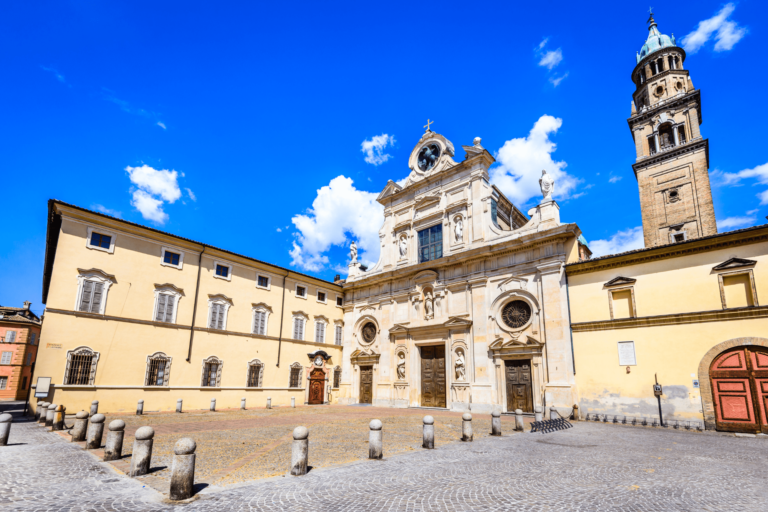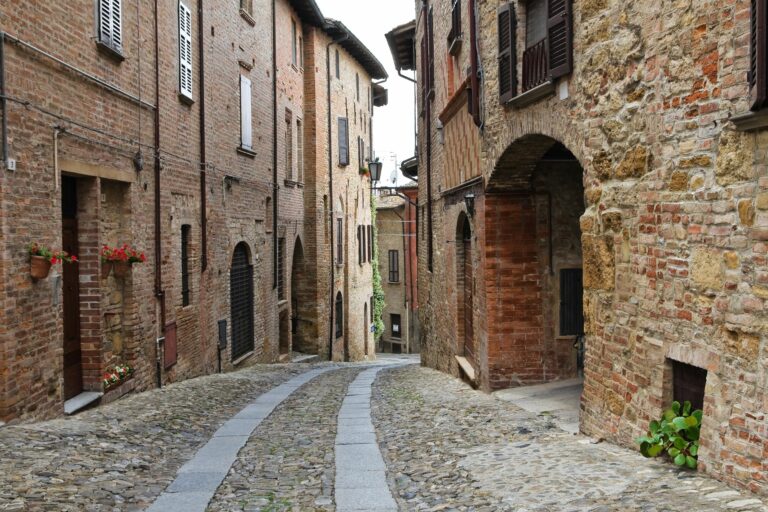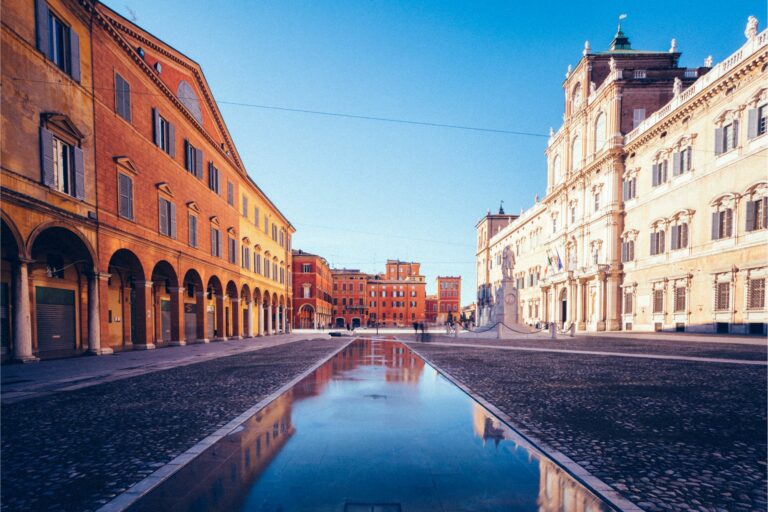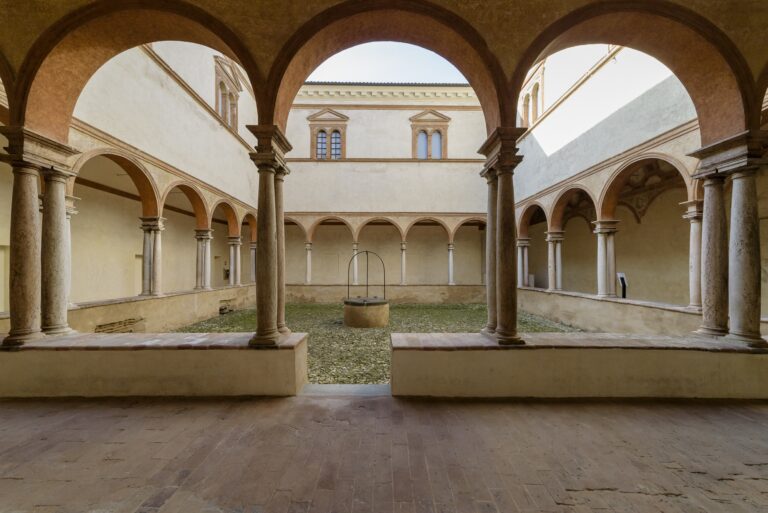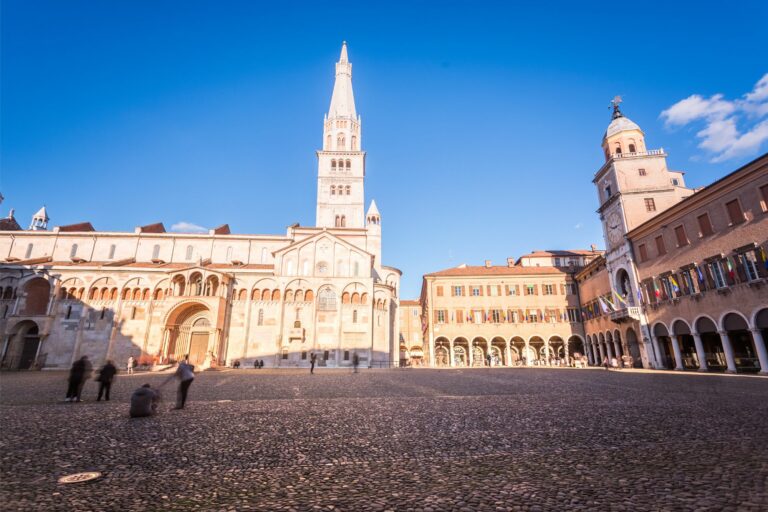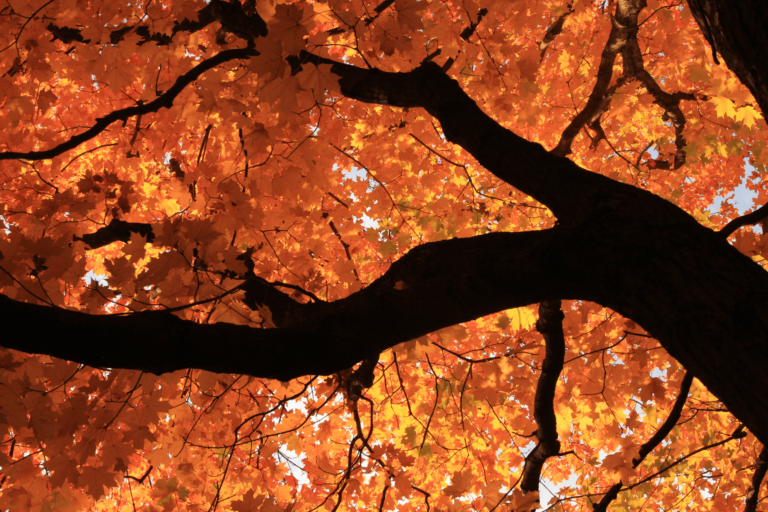What to see around our farmhouse? Here is a fascinating itinerary guiding the discovery of the ducal villas that belonged to the d’Este family and the center of Reggio Emilia, passing through the Caprette Park. The route (starting from our farmhouse) is about 20 kilometers long and can also be tackled by bicycle.
The first stop on the itinerary is Villa d’Este, which is just over 10 kilometers from our farmhouse. The villa is surrounded by the Vasca di Corbelli, an artificial basin now used for sport fishing, built to collect water from the Crostolo River and feed the fountain system. The complex was built in the 18th century. The original idea was by architect G. M. Ferraroni but the executed project was certainly by G. B. Bolognini and his brother Francesco. Today, Villa d’Este is only open for events such as wedding banquets and catered parties, but you can stroll/walk along the pool and enjoy some relaxation in the shade of the trees.
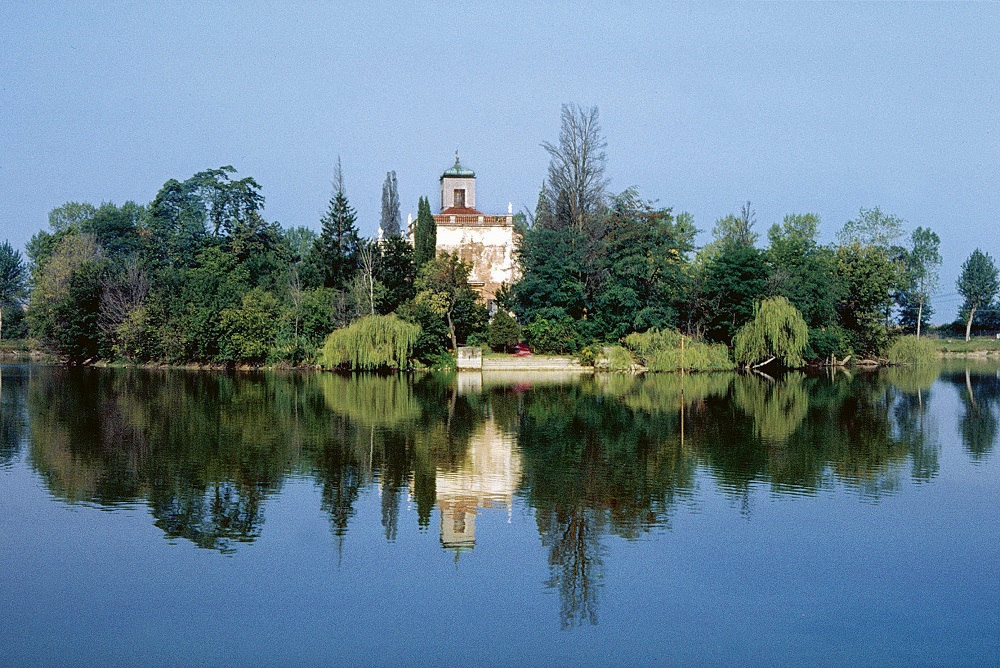
The palace and pool were part of a larger project that also included the Ducal Palace of Rivalta(known to all as the Reggia di Rivalta), the second stop on our itinerary. Il magnifico palazzo fu costruito a partire dal 1723 come residenza dei duchi d’Este sul modello della Reggia di Versailles. Of the original building, despoiled during the Napoleonic occupation, only a part remains visible, probably that intended for servants, while of the park and gardens the fenced perimeter and an oval basin in partial ruin remain. A few steps from the villa stands a centuries-old cedar of Lebanon with an imposing height of 27 meters.
The next stop is Parco delle Caprette, one of the most beloved and popular green spaces in Reggio Emilia, which offers a particularly scenic nature trail that runs along the Crostolo stream. Peculiarity of the park is the presence of a number of Tibetan goats (from which it derives its name), free to roam within the area, being petted and cuddled. The area includes the Mind Park, an exercise trail for the body and mind described in a series of panels.
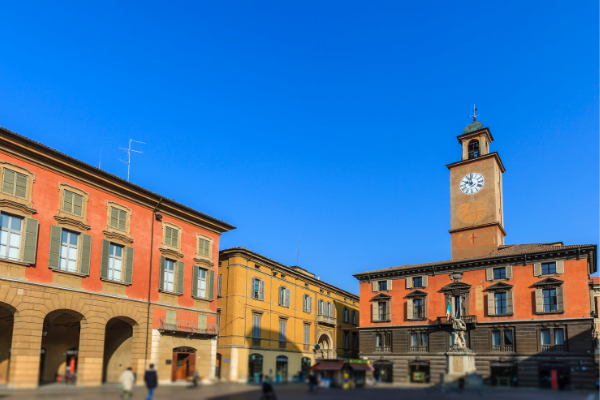
At this point the itinerary continues into the historic center of Reggio Emilia. The best way to explore it is by walking among its most beautiful and famous squares. The tour of Reggio’s historic center starts from Prampolini Square, the beating heart of the city. The main religious and civic sites are concentrated here: the Cathedral of Santa Maria Assunta, which houses a large number of valuable works of art; the Baptistery, dating back to the 11th century; the Bishop’s Palace, which houses the Diocesan Museum and the mysterious Coccapani Chapel; the Town Hall, from which you can access the Tricolor Hall; and the Palazzo delle Notarie.
Walking along the so-called “sotto Broletto” passageway, along which there are numerous stores of various kinds and establishments, we reach Piazza San Prospero, also known as “piasa cèca” (small square) compared to the larger Piazza Prampolini. It is overlooked by the Basilica of San Prospero (from which it takes its name), embellished with a rich decorative apparatus that has its climax in Camillo Procaccini’s superb cycle of frescoes depicting the Last Judgment. Finally, the last stop is Antonio Fontanesi Square, one of the most lived-in squares in the historic center. Noteworthy are the beautiful loggia of the house of painter Gaetano Chierici and a painting of the Madonna and Child with Saints, dating from the 19th century.
Photo Vasca di Corbelli © FAI – Fondo Ambiente Italiano
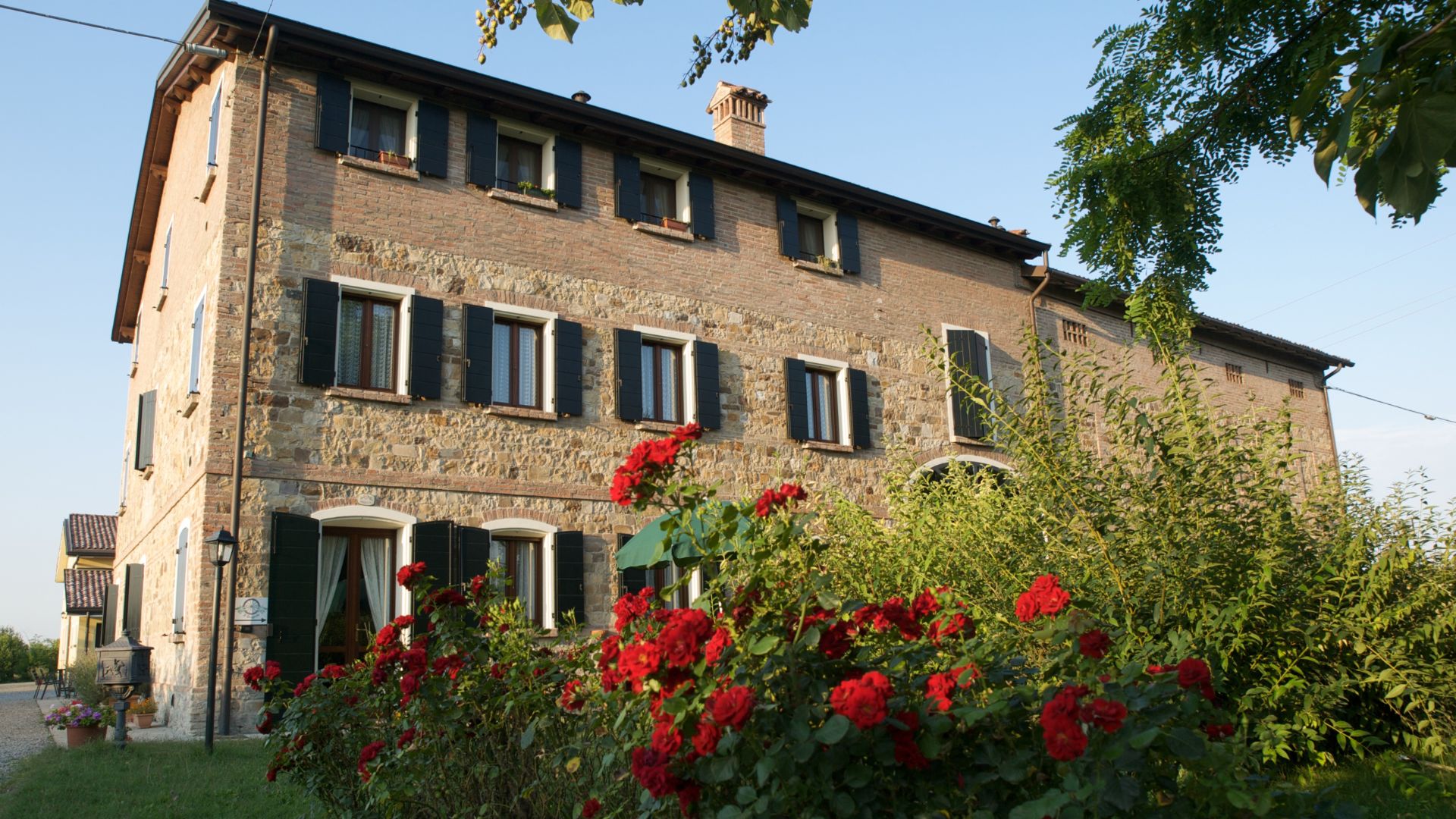
AGRITURISMO IL BRUGNOLO
Welcome to il Brugnolo
If you’re looking for completely independent apartments surrounded by greenery you really are in the right place here!
In fact, Brugnolo is immersed in the green nature of the Emilian countryside. For your relaxation, for that of your children, and again for the runs of your 4-legged friends, you will have 6000 square meters of park at your disposal!

